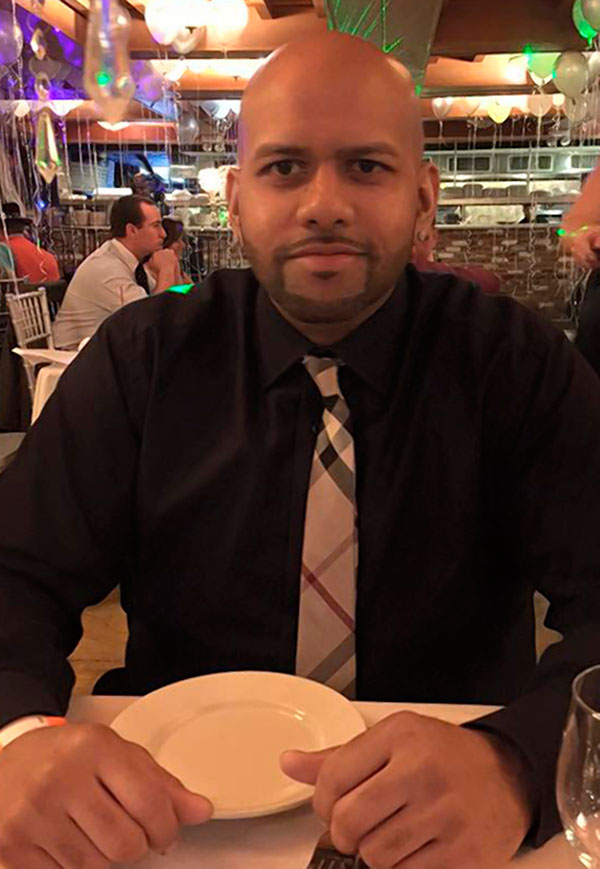
BRONX SUPREME COURT—When a reluctant witness entered a Bronx courtroom this month and identified the man he said murdered his friend, he defied a taboo against so-called “snitching” that hampers scores of criminal investigations in this borough each year—but which prosecutors are countering with renewed efforts to protect at-risk witnesses.
“If you see something, you don’t talk,” the witness, whose name is being withheld by Bronx Justice News at the request of prosecutors, told jurors of the no-snitching credo that pervades gang-plagued sections of the Bronx.
He said of the social stigma attached to police cooperation: “People look at you funny. They can’t trust you anymore.”
For decades, Bronx detectives and prosecutors have seen their efforts impeded by a “no-snitching” code that stigmatizes borough residents who cooperate with law enforcement. Gang members and drug dealers have used violence and threats to create a climate of fear in many neighborhoods. Witnesses are often leery to work with authorities, knowing they may face physical harm—and social ostracization— should their cooperation become publicly known.
Social media has made it even easier for gang members to intimidate witnesses, who they routinely seek out on Twitter, Facebook, and Instagram to threaten with violent reprisal.
Sometimes, a cooperating witness’ worst fears are realized.

Robert Bishun, 36, a witness slated to testify in a federal drug trial, was found murdered in the Bronx in September 2016, his neck and wrists bound with zip ties in the back seat of a car. The house of a second cooperating witness in the same case was also shot up.
Violence and threats are carried out against state witnesses, too. A Bronx murder trial was thrown into chaos after a cooperating witness said he was followed in the street and warned against testifying as part of an organized intimidation campaign.
“They called him a rat and told him to keep his f—–g mouth shut,” the lead prosecutor told the judge in the case.
The borough’s well-documented history of witness intimidation made this month’s testimony all the more remarkable. It happened during the trial of Erin Hall, a reputed, high-ranking member of the notorious Bloods set “Sex, Money, Murder,” to which officials attribute scores of violent crimes over the past three decades. Hall is charged with the deadly April 15, 2015 shooting of Felix De La Cruz, 23, of Morrisania. The first time Hall was prosecuted, the case ended in a mistrial.
This time around, prosecutors likely wouldn’t have moved forward without the cooperation of de La Cruz’s friend—the only eyewitness to the shooting to testify in open court. He took the stand in Bronx Supreme Court Justice James McCarty’s courtroom, fully aware that Hall’s alleged cohorts in Sex, Money, Murder might retaliate.
The night of De La Cruz’s murder, the witness testified, he was with the victim and several friends, hanging out on Washington Avenue near East 183rd Street in Belmont. As they sipped on cups of Hennessy and Red Bull, they were approached by Hall, who allegedly pulled out a gun around 11 p.m.
De La Cruz and Hall had a history of disputes. The victim taunted his accused killer, authorities said, daring him to open fire.
“Felix said “do it, do it,” the witness testified. “He shot Felix in the head.”
The witness called 911, telling a dispatcher he hadn’t seen who killed De La Cruz. This wasn’t true, he testified, but the no-snitching credo initially convinced him to remain silent.
While on the phone with the dispatcher, he said, one of his friends told him, “Don’t say nothing. You don’t know nothing.”
But his conscience apparently got the better of him. He and De La Cruz, he testified, were like “brothers.” Within days of the murder, he visited the NYPD’s 41st Precinct and picked Hall out of a six-man lineup, police said. He began to cry after making the identification.
Prosecutors hope other witnesses follow his example by coming forward to testify in gang and drug cases.
“I know people know who are doing these things,” Bronx District Attorney Darcel Clark said during a press conference last month announcing the indictments of 15 accused Crips members. “I’m asking them to come forward. That’s the only way we’re going to take the streets back from the people that are causing the violence.”
She said of witness intimidation in the borough:
“We’ve had incidents of it, and that’s why the community is afraid. I can’t stress enough that we will not be able to get to the root of this…we can’t do it without people willing to cooperate. We have to make sure that they trust us to know that we will keep them safe in order to cooperate.”
Clark, who took office in 2016, said she started a new witness safety program “geared towards witnesses who have the courage to come forward, to make sure that we concentrate on their safety so that they’ll feel comfortable about cooperating and also being able to feel comfortable to testify and see the case through so that we can bring a successful prosecution.”
The program is part of Clark’s restructuring of the DA’s office crime victims’ and witnesses’ services–an effort partially aimed at increasing their safety and security. In 2017, the DA’s office assisted 238 witnesses and victims with “safety related services,” the DA’s office said. More recent data was not immediately available.
Whether the cooperation of De La Cruz’s friend will be enough to sway jurors in the Hall trial remains to be seen. Closing arguments are expected to begin later this month.
